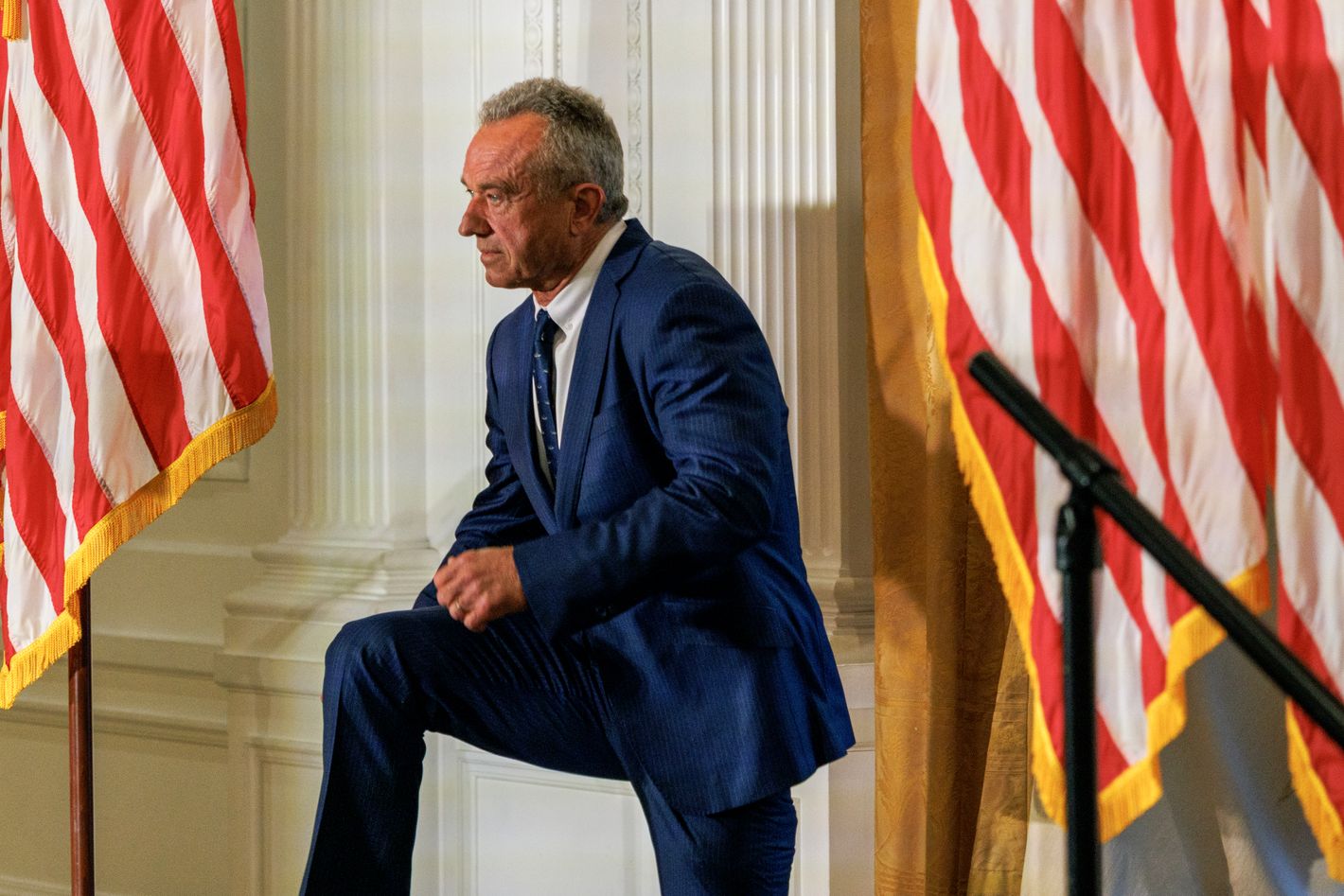What the Polls Miss About RFK Jr. and Third-Party Candidates
Right now, national and battleground-state polls assume every candidate is running everywhere. That’s actually not the case.

Since polls show the race between Joe Biden and Donald Trump is very close, and voters are generally unhappy with both candidates and their parties, non-major-party and independent candidates could play a crucial role in the 2024 presidential election. Though only 1.9 percent of voters went for a non-major-party presidential aspirant in 2020, there’s every reason to believe that number will rise this year, likely resembling the 5.7 percent who backed an alternate candidate in 2016. But whether these voters will hurt Biden or Trump remains a mystery. One thing we know for sure is that it’s tough to win votes unless you’re on the ballot, and non-major-party ballot access will be most crucial in the seven battleground states of Arizona, Georgia, Michigan, Nevada, North Carolina, Pennsylvania, and Wisconsin.
Want to guess which non-major party is currently on the ballot in all seven of these states? It’s not Robert F. Kennedy Jr., by far the highest polling of the minor candidates; so far Michigan is the only battleground where he’s on the ballot. No, the most successful battleground-state ballot-access warrior is Libertarian Chase Oliver. If you’re not familiar with his name, it may be because he only won his party’s nomination less than a month ago. And he owes his omnipresence on ballots (37 at the moment) to state laws that reward past-party success. That’s also why the Green Party and its likely nominee, Jill Stein, are already on the ballot in four battleground states (Arizona, Michigan, North Carolina, and Wisconsin). It’s a tougher slog for true independents like Kennedy and Cornel West (who isn’t on the ballot in any of the battleground states just yet) who have to gather petitions.
The muddled situation involving ballot access for minor-party and independent candidates shows why it’s a bit perilous to put too much reliance on presidential polls. Some exclude non-major-party candidates altogether (the head-to-head Biden-Trump polls nationally and in various states). Some are perhaps too selective (including only Kennedy along with Biden and Trump, or excluding Oliver, as all but the most recent national and state polls have typically done). Plenty of national and state polls, on the other hand, may have been too inclusive by listing West. (His campaign is struggling financially, but he may get on the ballot in a few states thanks to shadowy Republicans who figure the lefty activist can only hurt Biden.) The RealClearPolitics national polling averages, in fact, give West 1.6 percent of the vote, which isn’t negligible in a race where Trump’s lead is just 2.2 percent.
And while it’s often assumed that Kennedy will eventually be on the ballot everywhere, his petition-gathering efforts will only go so far as his deep-pocketed running-mate, Nicole Shanahan, will take them. He’s also encountering hand-to-hand legal combat against his ballot access in multiple states coming from Democratic-affiliated groups who fear he will eventually draw more votes from Biden than from Trump. One state where Democrats are battling fiercely against Kennedy’s ballot access is Nevada, a state where RCP shows him winning just under 8 percent of the vote. If they succeed, it could affect the race in incalculable ways.
As ballot-access decisions firm up, it may be necessary to take a fresh look at minor-party/independent performance, particularly in the battleground states where the election will actually be decided. The odds are good that the total vote share of non-major-party options will fade significantly before November. But where and to what extent that happens could matter most.
